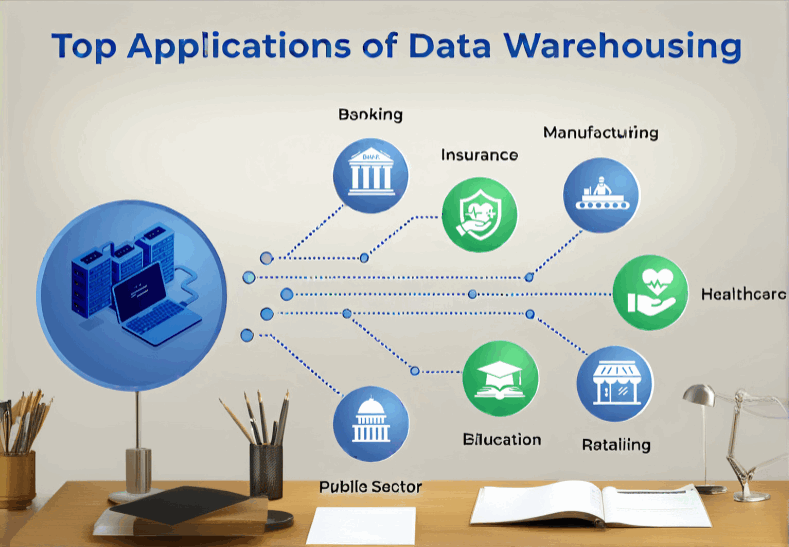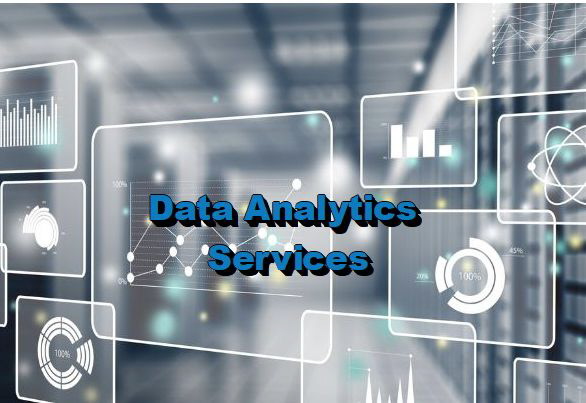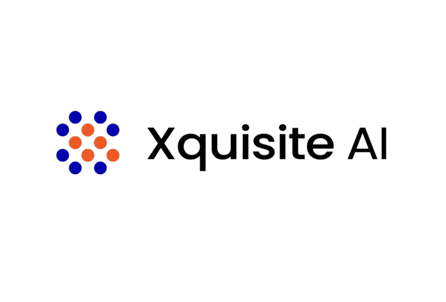Healthcare Use Case Data warehouse dan Data Analytics Rumah Sakit
Case 1: Multi-Policy Identification for Patient Golden Record
- Use Case: Healthcare providers often need a “golden record” for each patient that compiles data from various sources, such as multiple insurance policies, clinics, and hospitals. Data analytics can match and merge patient records across different systems, identifying multiple policies under one individual and centralizing all medical histories, insurance information, and treatment plans.
- Example: A hospital system uses a data warehouse to pull together data from insurance companies, private clinics, and public health records. By using data matching algorithms, they identify cases where a single patient holds multiple insurance policies or has different records across systems, merging them into a comprehensive golden record.
- Benefits:
- Reduces administrative complexity and potential duplication of treatments.
- Enhances patient safety by ensuring all healthcare providers have access to a complete view of the patient’s history.
- Optimizes insurance billing and reduces coverage conflicts, saving time and resources.
Case 2: Cash Flow Prediction
- Use Case: Predicting cash flow is crucial for healthcare organizations, especially in handling claims processing and forecasting incoming payments. Data analytics can help forecast cash inflows and outflows based on historical data, claims cycles, and patient volumes.
- Example: A healthcare provider uses analytics to predict their monthly cash flow by analyzing patient billing data, insurance reimbursements, and operational expenses. This helps them manage budgets more effectively and allocate resources during periods of high patient volumes.
- Benefits:
- Allows for better financial planning and resource allocation.
- Helps maintain financial stability, particularly in managing high-cost treatments or unexpected surges in patient numbers.
- Enhances decision-making around capital investments, hiring, and inventory purchasing.
Case 3: Disease Mapping and Warning System
- Use Case: Disease mapping uses data to monitor and map the spread of illnesses in real time. Analytics can detect patterns and predict outbreaks based on patient records, geographical information, and environmental factors. This data can be integrated into a warning system that alerts healthcare providers and authorities about potential outbreaks.
- Example: A regional health department utilizes a data warehouse to collect patient data from local hospitals. The system analyzes spikes in flu-like symptoms across specific locations, predicting potential influenza outbreaks and issuing early warnings to clinics in affected areas.
- Benefits:
- Helps public health authorities take proactive measures to control disease spread.
- Reduces the burden on healthcare systems by preparing resources in advance of an outbreak.
- Enhances community safety and health outcomes through timely interventions.
Case 4: Fraud Detection in Healthcare
- Use Case: Fraud in healthcare, such as billing for unprovided services or upcoding, can be detected using advanced analytics. By examining claims data and patient records, analytics can flag suspicious patterns that may indicate fraudulent activity.
- Example: A healthcare insurance provider uses machine learning algorithms to analyze claim submissions and medical histories. They flag anomalies such as frequent duplicate billing or excessive charges for routine procedures, which may suggest fraud.
- Benefits:
- Reduces financial losses due to fraudulent claims, saving costs for both patients and providers.
- Increases trust in the healthcare system by improving transparency and accountability.
- Enhances compliance with regulatory standards and reduces the risk of legal penalties.
Case 5: Customer Profitability Analysis
- Use Case: In healthcare, customer profitability analysis helps organizations understand which patient groups contribute most to revenue. Using data from patient demographics, treatment costs, and insurance coverage, analytics can segment patients by profitability and guide marketing and patient retention strategies.
- Example: A healthcare provider segments patients based on the frequency of visits, treatment costs, and insurance payouts. They identify high-value patients (e.g., those who frequently opt for high-margin treatments) and target them with personalized care plans.
- Benefits:
- Helps prioritize high-value patients and develop targeted programs to retain them.
- Optimizes revenue by aligning services with the needs of profitable patient groups.
- Informs pricing strategies and operational planning for higher profitability.
Each of these cases leverages data warehousing for data consolidation and analytics for actionable insights, enabling healthcare organizations to enhance efficiency, reduce costs, and improve patient care outcomes.






